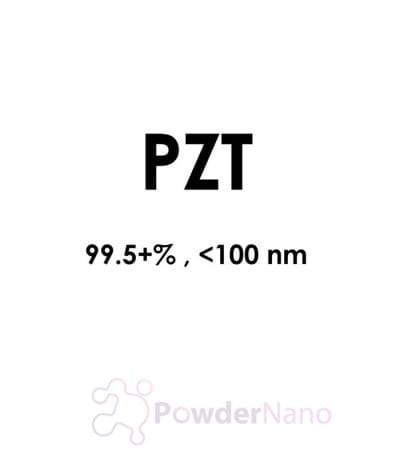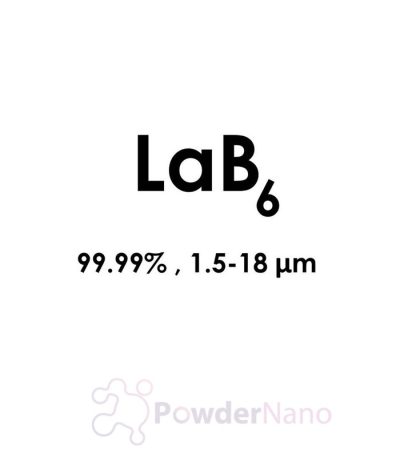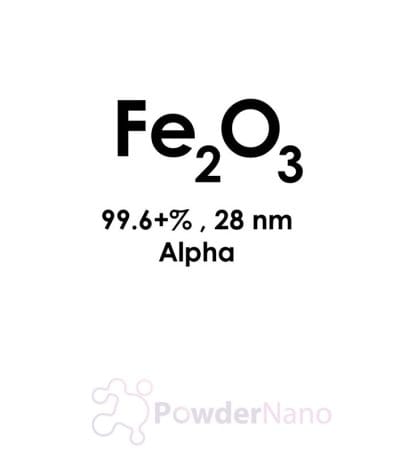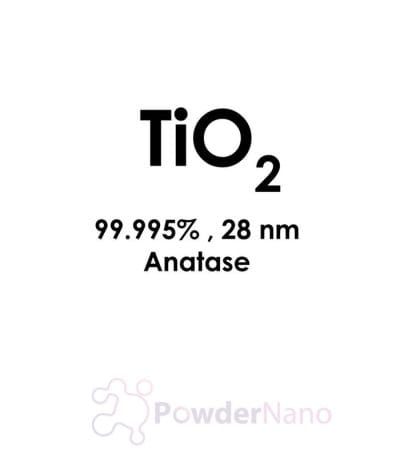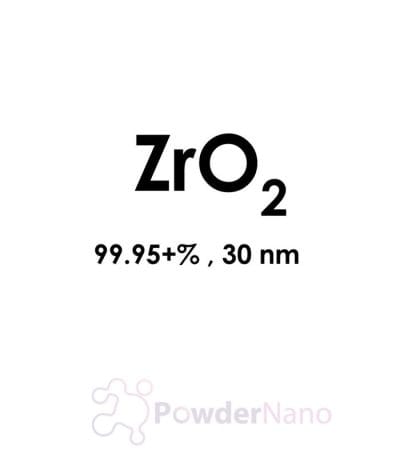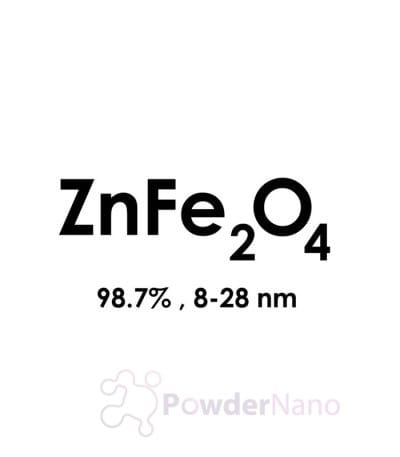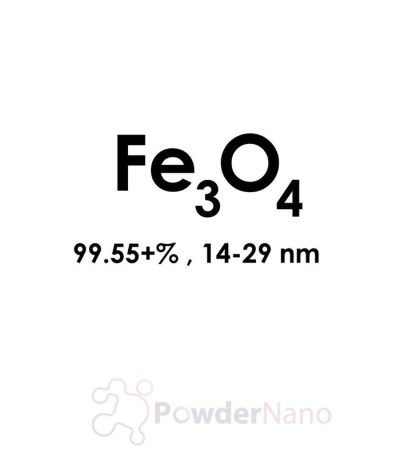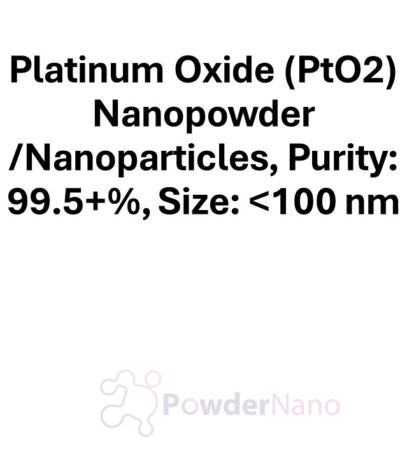Technical Specifications:
- Chemical Composition:
- Primary Ingredient: Platinum Oxide (PtO₂)
- Purity: 99.5%+ (high purity with minimal impurities).
- Form: Nanopowder/Nanoparticles.
- Nanoparticle Size:
- Particle Size: <100 nm (nanometers).
- Crystal Structure:
- PtO₂ typically crystallizes in a rutile structure, contributing to its catalytic and reactive properties.
- Density:
- Lower apparent density compared to bulk PtO₂ due to the fine particle size and high surface area.
- Surface Area:
- High surface area due to nanoscale size, enhancing catalytic activity and surface reactivity.
- Other Characteristics:
- Color: Brownish or dark gray.
- Reactivity: High reactivity due to nanoscale dimensions and a large surface area.
Applications:
- Catalysis:
- Purpose: PtO₂ is a highly effective catalyst, particularly in hydrogenation, oxidation, and reduction reactions.
- Application: Used in chemical synthesis, petrochemical refining, and the production of fine chemicals. Its nanoscale size enhances catalytic activity, especially in reactions requiring high efficiency and selectivity.
- Fuel Cells:
- Purpose: PtO₂ is an essential material in fuel cell technologies due to its high catalytic efficiency.
- Application: Employed as a catalyst in proton exchange membrane (PEM) fuel cells and solid oxide fuel cells (SOFCs) to enhance energy conversion efficiency.
- Sensors:
- Purpose: The high sensitivity of PtO₂ to gases makes it ideal for sensor applications.
- Application: Used in gas sensors for detecting oxygen, carbon monoxide, and other gases. These sensors are applied in industrial safety, environmental monitoring, and automotive applications.
- Environmental Remediation:
- Purpose: PtO₂ nanoparticles are effective in breaking down harmful pollutants.
- Application: Used in catalytic converters to reduce harmful emissions by converting carbon monoxide, hydrocarbons, and nitrogen oxides into less harmful substances.
- Electrochemical Applications:
- Purpose: PtO₂’s excellent electrochemical properties make it suitable for energy storage and conversion systems.
- Application: Used in electrodes for batteries, supercapacitors, and water electrolysis systems. It enhances efficiency in hydrogen production and energy storage technologies.
- Medical Applications:
- Purpose: Platinum compounds have applications in medical treatments and diagnostic tools.
- Application: PtO₂ nanoparticles are being explored for drug delivery systems, biosensors, and medical diagnostics due to their biocompatibility and stability.
- Photocatalysis:
- Purpose: PtO₂ nanoparticles can be activated under specific light conditions to catalyze chemical reactions.
- Application: Used in water splitting to produce hydrogen and in degradation of organic pollutants in water treatment.
- Optical and Electronic Applications:
- Purpose: PtO₂’s electronic properties make it suitable for advanced electronic devices.
- Application: Used in thin films and coatings for electronic devices, photonic systems, and as a conductive material in high-performance components.
- Nanotechnology Research:
- Purpose: PtO₂ nanoparticles are extensively used in research to develop new materials and technologies.
- Application: Applied in the development of advanced nanomaterials for energy, catalysis, and biomedicine.
Key Benefits:
- High Catalytic Activity: The high surface area and reactivity of nanoscale PtO₂ make it highly effective in catalysis, particularly in chemical synthesis and environmental applications.
- High Purity: The 99.5%+ purity ensures optimal performance in sensitive applications such as fuel cells, medical uses, and electronic components.
- Versatility: PtO₂ nanoparticles are used across a wide range of industries, including energy, healthcare, electronics, and environmental protection.
- Stability and Durability: PtO₂ exhibits excellent stability and durability under various chemical and thermal conditions, making it suitable for demanding applications.
- Environmental Applications: PtO₂ plays a critical role in reducing emissions and cleaning up pollutants, contributing to sustainable and green technologies.
Platinum oxide nanopowder is an indispensable material in catalysis, energy storage, fuel cells, and environmental protection, offering exceptional performance and versatility for modern industrial and technological advancements.
![PTFE Nanopowder/Nanoparticles [Polytetrafluoroethylene, (C2F4)n)], Purity: 99.9%](https://powdernano.com/wp-content/uploads/2021/05/PTFE-C2F4-400x457.jpg)
